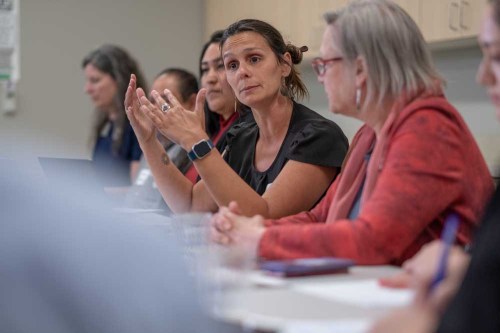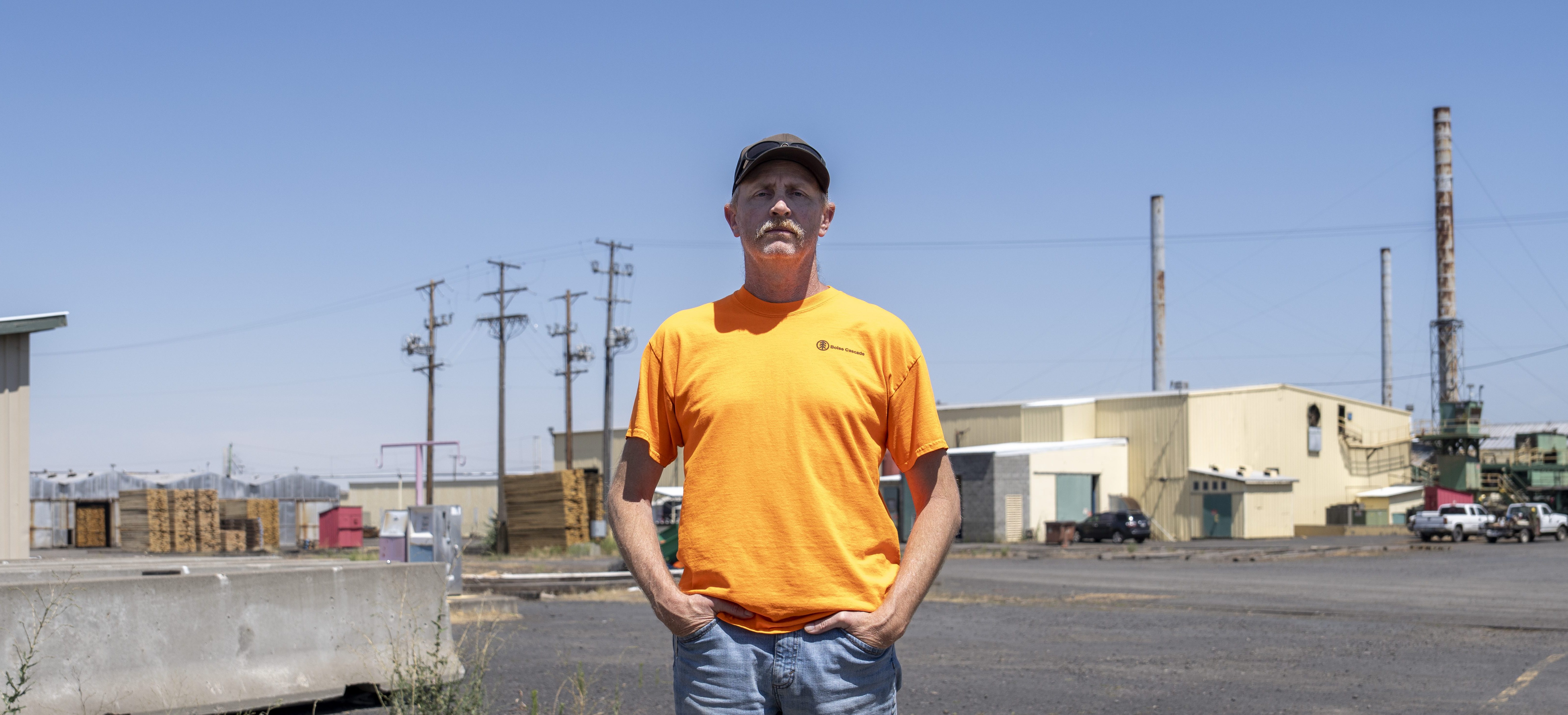Other Views: Let’s keep up the good work on water issues
Published 8:00 am Saturday, July 19, 2025

- Ana Piñeyro, public health access specialist with Morrow County Public Health, discusses the importance of communicating with the public April 24, 2024, at a roundtable meeting on groundwater contamination with Gov. Tina Kotek at Blue Mountain Community College in Boardman. (East Oregonian, File)
In Eastern Oregon, we understand the value of clean water and are working hard to preserve and protect this natural resource.

Justin Green

Debbie Radie
We are proud of the progress we’ve achieved so far through community action, government leadership and collaboration at all levels. And we won’t stop until we find long-term, science-driven solutions to keep our community healthy and our economy strong.
In the past year, the state released the Oregon Nitrate Reduction Plan, a comprehensive, science-based approach to reducing nitrates in the basin. The Oregon Department of Agriculture has begun the rule-making process to ensure farming practices are consistent across the basin. In addition, Morrow County and the Port of Morrow partnered to form the Morrow County Clean Water Consortium to fund water projects that connect well users to municipal water supplies.
Trending
These are three big steps forward on our path to providing access to clean drinking water to everyone in the basin. They show how county, regional and state entities can work with local communities and businesses to make our limited public resources go farther.
We also applaud Gov. Tina Kotek’s leadership in the basin. Thanks to her intentional focus on our community, the state and local governments are testing wells, installing filtration systems, delivering bottled water and working together to address public health.
The governor, other elected officials and agency staff also deserve our thanks for their bipartisan commitment to clean water solutions, including funding and oversight tools. For instance, state lawmakers approved Senate Bill 1154 to create coordinated interagency response teams in areas with water quality concerns.
This work matters because clean water is foundational to the health, trust and future of agriculture and our community. Lowering the level of nitrates in our groundwater is not just an environmental issue; it’s the right thing to do to keep our neighbors healthy and our communities thriving.
To effectively lower groundwater nitrate levels, we need to keep studying the complex hydrogeology of the Lower Umatilla Basin. We need to rely on science, such as the recently released report by Oregon State University on the structure of aquifers in the basin, to better understand what works when it comes to improving groundwater quality. We need to advocate for science-based solutions that make the biggest difference over the long term.
It’s also important to fund aquifer recharge projects to replenish high nitrate groundwater with fresh clean water, help private well owners with septic and well construction,
expand city water systems to reach more rural residents and support farmers that are adopting the best practices that optimize water use and protect local ecosystems. We have been the most successful when we have worked together. Let’s keep up the good work.
Trending
— Justin Green is the executive director of Water for Eastern Oregon, or H2OEO, and Debbie Radie is the chief quality stewardship officer at Boardman Foods and an H2OEO executive board member.









